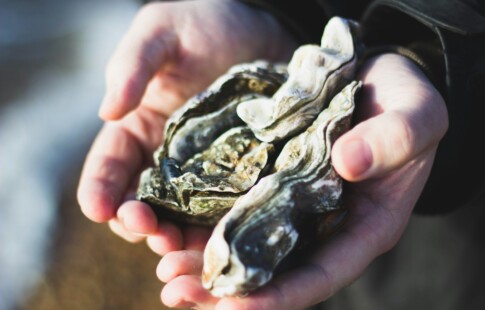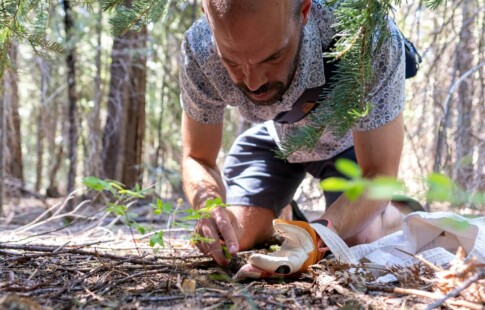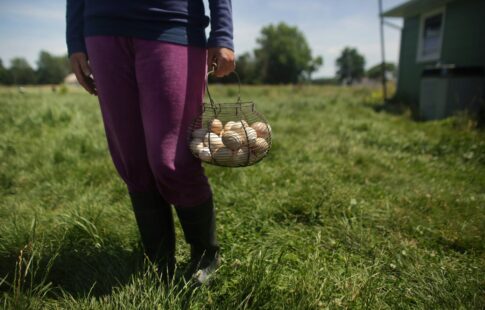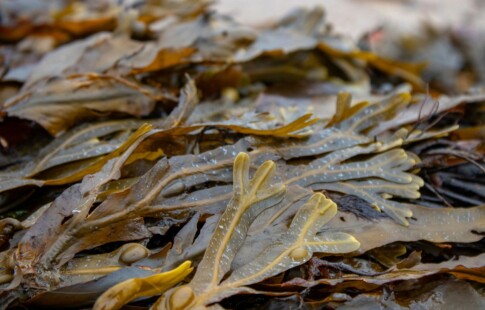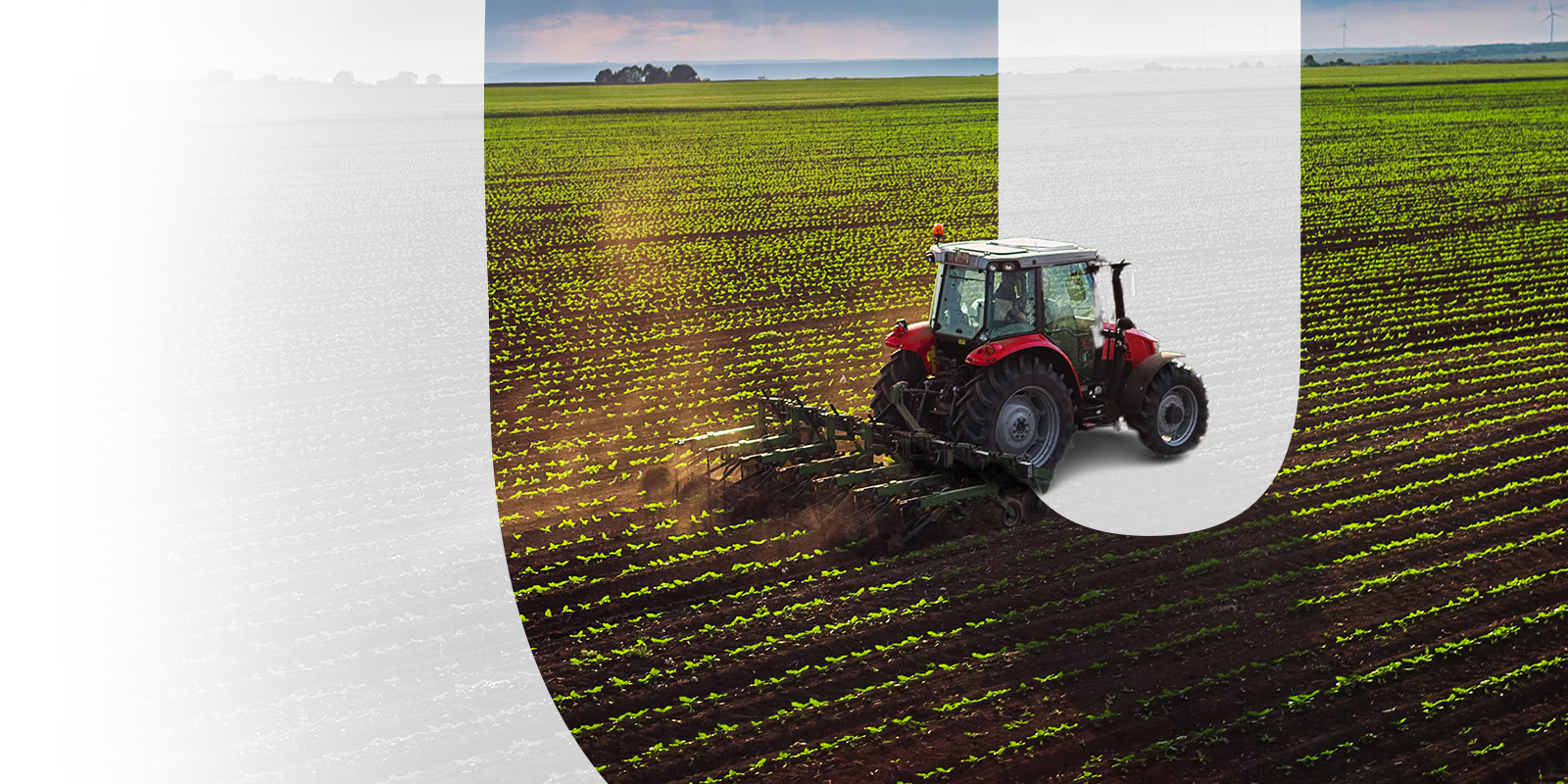
4 Different Types of Agriculture in Sustainable Production
We are reader-supported. When you buy through links on our site, we may earn affiliate commission.
Sustainability is an essential element of climate change prevention methods. When industries adopt eco-friendly practices, they can significantly improve atmospheric conditions and shrink their carbon footprints. The agricultural sector is essential to humanity’s health and wellbeing, and it generates environmental degradation.
Environmental scientists examined the harm produced by farmers and accessed solutions. Before evaluating the different types of agriculture, we must explore sustainability challenges within the industry.
Ecological Challenges in the Agricultural Industry
In 2021, the global population reaches well beyond seven billion individuals. Agriculture is essential to the health and wellbeing of each member of society. The demand for abundant food supplies is high, challenging natural crop yields and production methods.
Mass, industrial farming techniques often generate ecological harm. Farmers use synthetic growth aids, decreasing the loss of crops. They use artificial fertilizers and pesticides on their plants, fueling adverse runoff effects.
When it rains in agricultural regions, stormwater carries the growth additives from farms into major water supplies. In the ocean, the runoff increases aquatic nitrogen and phosphorus levels. The elements fuel the mass development of algae, depleting local oxygen levels.
Without sufficient marine oxygen, food supplies and habitats degrade, leaving species without adequate resources. The forced displacement of aquatic beings increases endangerment. Farmers can prevent eutrophication by eliminating their reliance on synthetic additives.
Non-sustainable agricultural techniques also deplete soil nutrient levels. Many farmers try and meet rising consumer demands quickly by producing the same crop in large quantities with their types of agriculture. Monocropping drains the surface of necessary growth elements, leaving soil inadequate for future yields.
As eco-consciousness rises globally, farmers begin adopting ecologically beneficial growth techniques. They focus on creating a closed-loop agricultural process, giving back to the Earth what they take. When farmers engage in sustainable production methods, they decrease ecological degradation and increase resource preservation.
Permaculture
Permaculture is a natural farming method that opposes monocropping’s production values. It integrates the environment and individuals through mutually beneficial relations. The growth technique involves the conscious development and maintenance of agricultural regions.
The method works with rather than against the environment. Permaculture farms are self-sustaining, requiring little human intervention. Farmers place their water-intensive crops at the base of hills, allowing rainwater to power growth.
They also plant low-light crops beneath taller ones, promoting natural shade. When farmers use permaculture, they decrease resource exploitation and support the local ecosystem. They strategically develop their farms, helping the plants support each other, the soil and surrounding species.
Biodynamic Farming
Biodynamic farming is one of the types of agriculture and a similar production technique to permaculture. An individual who follows the method views their farm as a singular organism. They establish harmony amongst all the working parts, supporting animals, resources, people and crop yields.
Farmers using the biodynamic method understand the relationship between natural growth and consumption. The overproduction of plants can offset the balance of the organism, adversely affecting the system’s functionality. Biodynamic farming also provides recovery solutions for the industry’s future.
A significant way that the production technique supports the environment is by enhancing biodiversity. Farmers plant vegetables that help their animals. They also grow native crops, supporting the environment and limiting the use of synthetic additives.
Regenerative Farming
Regenerative farming supports environmental protection. Its main goal is enhancing soil health and preventing resource depletion. It eliminates the use of synthetic additives, like pesticides and fertilizers, protecting Earth’s natural nutrient levels.
Farmers that engage in regenerative agriculture limit tilling and other invasive practices. They support the soil’s organic composition, adding compost and manure for support when necessary. When farmers treat the soil as their protective focus rather than a resource for development, they can effectively preserve natural nutrient levels.
Alternative Pest Management
Modern farmers are also challenging agricultural-related degradation with alternative pest management methods. Instead of using eutrophication driving pesticides and fertilizers, professionals can utilize pest-resistant plants. Various herbs prevent crop-damaging insects from entering a production region.
Field mice are notorious for feeding on grass, seeds and roots. Damaging crops’ roots can significantly decrease yield quantities. Farmers can place peppermint around their valuable plants, protecting them from destructive mice.
Japanese beetles also decrease the stability of agricultural production. They feast on plant roots, killing crops and creating large patches of dead grass. Maintaining abundant grass patches is essential to grazing animals that rely on the vegetation for food and comfort.
Farmers can plant chives, catnip or garlic around their property, repelling Japanese beetles. The insects despise the plants and will avoid regions where they grow. When professionals rely on natural pest management methods, they significantly improve marine preservation.
Supporting Sustainable Types of Agriculture
Consumers can support sustainable farming practices by purchasing consciously produced foods. You can ensure the eco-friendliness of your groceries by identifying specific certifications. The Rainforest Alliance certification signifies production, reducing climate change effects.
The U.S. Department of Agriculture’s Organic certification ensures the development of crops without pesticides or synthetic additives. When customers purchase organic goods, they decrease eutrophication. If farmers and individuals work together, supporting sustainable agriculture, we can limit the industry’s adverse ecological impacts.
Share on
Like what you read? Join other Environment.co readers!
Get the latest updates on our planet by subscribing to the Environment.co newsletter!
About the author

Jane Marsh
Starting from an early age, Jane Marsh loved all animals and became a budding environmentalist. Now, Jane works as the Editor-in-Chief of Environment.co where she covers topics related to climate policy, renewable energy, the food industry, and more.

